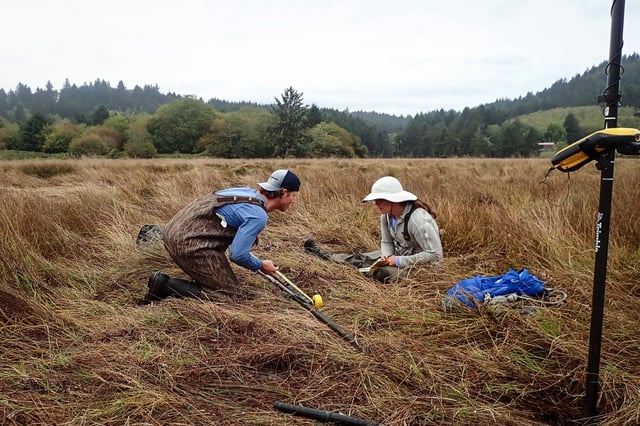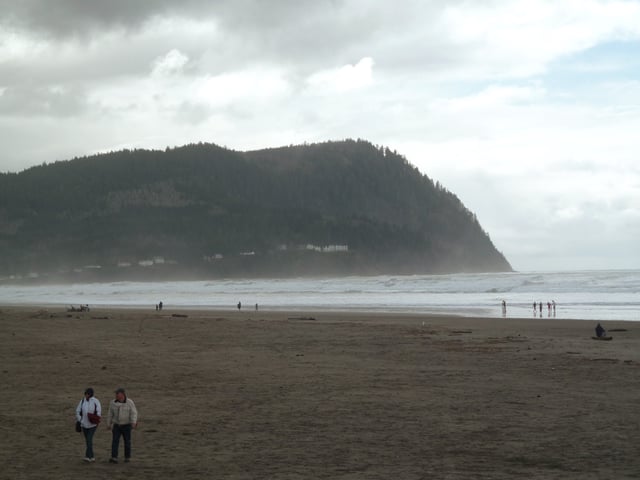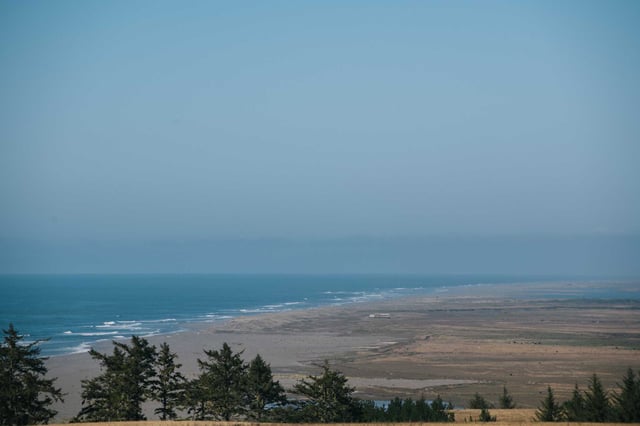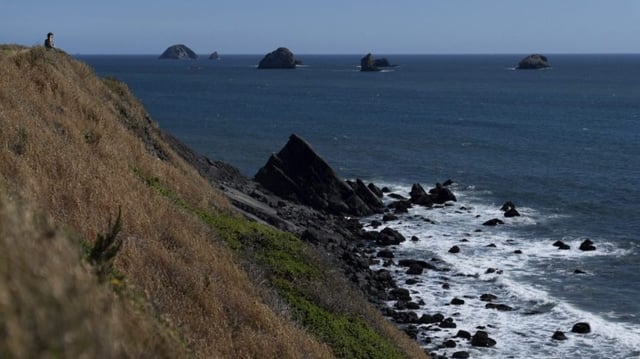Overview
- A study published in PNAS reveals that a major Cascadia earthquake could cause coastal land to sink by up to 6½ feet, doubling current flood exposure immediately.
- By 2100, the combined effects of earthquake-driven subsidence and sea-level rise could expand the floodplain by up to 143 square miles, tripling flood risk for residents, structures, and roads.
- Over 14,000 additional residents, 22,500 structures, and 777 miles of roadways could fall within the floodplain if such an earthquake occurred today.
- Critical infrastructure, including five airports, 18 emergency and education facilities, and eight wastewater treatment plants, would face heightened vulnerability to flooding.
- Scientists urge federal, state, and local governments to revise flood maps and preparedness plans, emphasizing the need to address long-term subsidence risks and concerns over staffing cuts at Tsunami Warning Centers.



